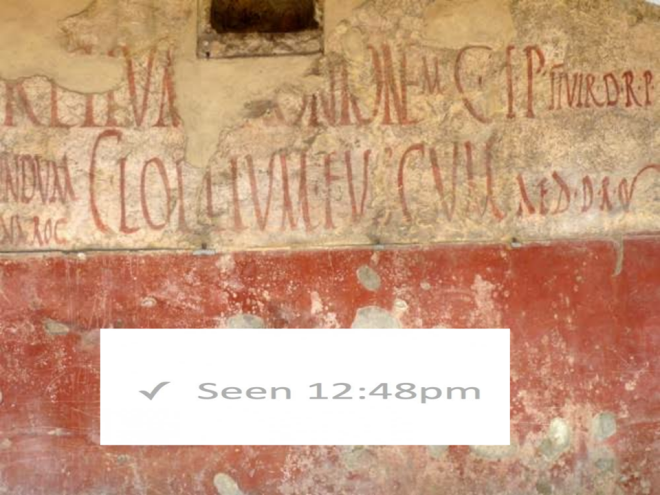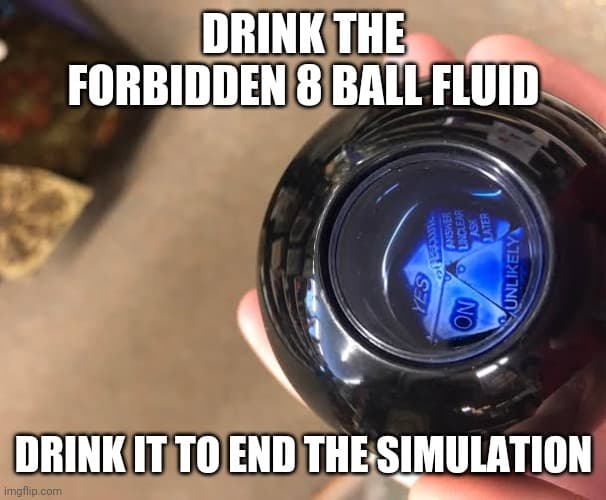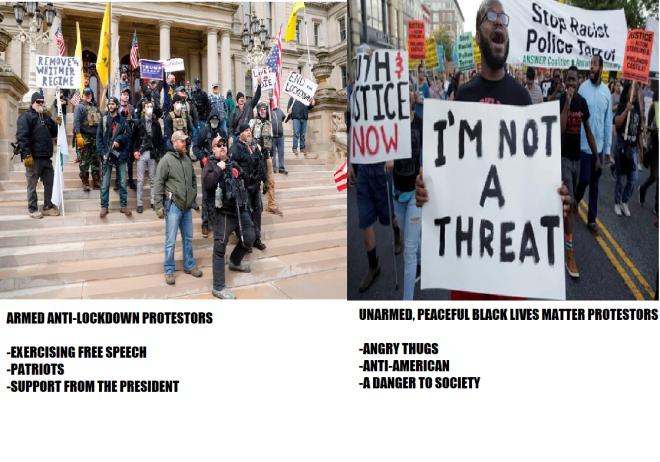INTRODUCTION
Throughout the process of developing Hunters & Cryptids, I kept coming to the question of what I wanted to achieve from the outcome of this project. I realised that much of my inspiration and ideas behind Hunters & Cryptids comes from my own experiences playing trading card games as a child such as YuGiOh, Duel Masters and the odd dabbling in Magic: The Gathering. Through these years of experience I realised that all these games fall into the category of “Pay-to-win“. Pay-to-win refers to a game that is designed for a player to pay large amounts of money in order to gain an advantage over other players. These purchases are unlike the kind of micro-transactions you’d find in a game like Fortnite which allows players to pay for cosmetic or superficial changes without having any baring on the player gaining an advantageous edge. In trading card games, pay-to-win often occurs when a competitive meta game develops, resulting in certain deck builds developing actual monetary value due to rarity of the cards, demand and frequency of use among meta game players. As I got older, the pay-to-win structure ultimately deterred me from continuing to play trading card games when I realised that this pay-to-win structure was a cycle, rinse and repeat way to make money.
So, with Hunters & Cryptids, I wanted to capture the fun that was involved with playing these trading card games but remove the competitive aspect and the pay-to-win element. Instead, I decided to fuse the trading card elements with something more akin to Dungeons & Dragons use of releasing expansion packs. This way, players have the option of playing the game in its “vanilla” iteration (a base game without any expansion or additional DLCs), with the option of purchasing expansion packs to experience the game in a different and new way introducing new characters and new mechanics. This ensures that no matter how you choose play the game, you still experience the game in the way it’s intended.
SYNOPSIS, STRATEGIES AND THE BASICS
Now, moving on to the game itself. In my pitch, I mentioned that I wanted this game to be as immersive as possible surrounding the lore behind the Cryptid characters drawing inspiration from real-life documented encounters with the various cryptids featured in the game. With this, I have managed to develop a synopsis for Hunters & Cryptids:
“Mothman. Big Foot. The Loch Ness Monster. The Wendigo. These are some of the creatures that have haunted and carved their way into folklore, terrifying those who hear these stories. Now the time has come for these Cryptids to emerge from the shadows and make their presence known. It’s your job as a Hunter to find and capture these Cryptids before they delve the world into chaos!”
The aim of the game is simple; use your Hunters to capture your opponents Cryptids and put them under your control until your opponent has run out of Cryptids. The game features two decks of 40 cards with the option of customisation to the player’s preferences. The standard builds are designed to introduce players to the game’s mechanics and later encourages the player to mix and match cards from both decks to accommodate for different strategies. Hunters & Cryptids features four card categories:
Hunters: These are the character cards used to capture Cryptid cards. Hunter cards have a counter which correspond to how many counters are required to capture Cryptids.
Cryptids: The bread and butter of the deck. Players must protect their Cryptids at all costs and use their various abilities to prevent capture or to help your Hunters capture your opponent’s Cryptids.
Believers: These are support cards for Cryptids. For those familiar with YuGiOh, these cards act as “spell cards” that are designed to protect or buff your Cryptid cards.
Skeptics: These are support cards for Hunters. Acting like “trap cards”, Skeptic cards are used to support Hunters in their captures and to weaken the powers of the Cryptid cards.
Each standard deck contains a set amount of each card. The standard builds are made up of 15 Cryptid cards, 15 Hunter cards, 5 Believer cards and 5 Skeptic cards. As mentioned previously, these builds are designed for a balanced strategy to introduce the player to the game. These are some examples of what kind of builds players can make:
High Risk, High Reward deck count: 30 Hunters, 5 Cryptids, 0 Believers and 5 Skeptics.
Defensive play style deck count: 10 Hunters, 20 Cryptids, 10 Believers, 0 Skeptics.
Aggressive play style deck count: 20 Hunters, 10 Cryptids, 3 Believers, 7 Skeptics.
With the basics out of the way, I’ll explain how the game will actually play out. At the beginning of the game, each player draws five cards and either decide amongst themselves who will go first or put the decision up to a simple coin toss. The field is comprised of four different areas: Hunter zone (limited to 5 spaces), Cryptid zone (limited to 3 spaces), Believer/Skeptic zone (limited to 1 space), and the Graveyard zone (placement for Hunters/Cryptids removed from play). At the start of each turn the players will draw a card and, if possible, players are required to place down one Cryptid into the corresponding zone until all 3 places are filled. Once that is done, a player has the option of placing down a Hunter card (one per turn) and the option of playing a Believer or Skeptic card (like trap cards in YuGiOh, Believer/Skeptics can be placed face down for later use). Then come the battle stage, capture stage then the end of the turn.
MECHANICS
The majority of the mechanics have been covered both in the pitch and BETA for Hunters & Cryptids, so I will only briefly summarise those mechanics previously mentioned as well as some additional mechanics that I have added for this finalised version of the game.
Circumstances of Capture: This is the main factor of how to win the game. Each Hunter card has a counter associated with them ranging from 1, 2 or 3 counters. These numbers must match the corresponding counter number of Cryptid cards. For example, if the Mothman card has a capture counter of 6, the player is required to have Hunter cards on the field adding up to 6, meaning if the player has two Hunter cards on the field with a 3 counter, they can perform a capture of the Mothman card.
Only one capture can occur per turn under normal circumstances (this can be altered via Cryptid abilities or Skeptic cards).
Elemental Abilities: These apply to the different Cryptid cards. Those elements are Earth, Water, Air, or Paranormal. These elemental abilities work in a cycle for players to gain an advantage over their opponent. The cycle goes like this: Air > Paranormal > Earth > Water > Air. Depending on the individual card ability, these elemental abilities can be used to remove capture counters from other Cryptids, cancel out the ability of an opponent’s Cryptids, or temporarily put the Cryptid out of play.
Believer and Skeptic abilities: These are the support cards for your deck.
Believer cards are designed to help Cryptid cards either avoid capture, gain strength against other Cryptids, or buff the abilities of the Cryptids. Skeptic cards are designed to assist the Hunter cards. These cards can increase the counters of Hunters, prevent them from being removed from play by Cryptids, or reduced the capture counters of Cryptids. Only one Believer or Skeptic card can be used per turn, so choose wisely.
Battle Stage: This stage gives the player the opportunity to weaken their opponent’s Cryptid cards to make them susceptible to capture. The player also has the option of removing one of their opponent’s Hunter cards from play, potentially keeping their Cryptids safe from capture during the opponent’s next turn. Each Cryptid has a Strength counter and each Hunter has a Resistance counter, for example, Big Foot has a Strength counter of 5, meaning they can reduce the capture counters needed for another Cryptid OR they can remove a Hunter from play if the Resistance counter is below 5.
DEMOGRAPHICS AND MARKETING
Having done some further background research on the demographic, my previous intention of marketing Hunters & Cryptids to a 16 and over demographic has been solidified. According to this research paper conducted in 2010, the average age of the trading card game player is 22 years old made up of 84.1% of male and 15.9% of female players. Additionally, the average age of YuGiOh and Magic: The Gathering players sits around the mid-20’s, at 23 and 25 respectively. However, unlike YuGiOh, this game will not be mass marketed (not sold at common retail stores such as Target or Big W), since there will be no additional market backing to this game e.g. a cartoon series intended for children between the ages of 6-14.
Instead this game will primarily fall into the “hobby game” category, being sold at independent hobby stores since this game will be intended for an older demographic. Hunters & Cryptids is intended for the player to experience the game through the game itself and no other additional medium (a cartoon series). With this in mind, the pricing for this game will stand at $35, with the expansion packs being available for $10-$15 depending on the amount of extra features in the packs.
Hyperlink list and References
u/CherryDashZero, 2019, “What is your definition of ‘pay to win’?”, Reddit, accessed 12/06/2020, https://www.reddit.com/r/truegaming/comments/8w417u/what_is_your_definition_for_pay_to_win/
‘Expansion pack’ (2020), Wikipedia, accessed 12/06/2020, https://en.wikipedia.org/wiki/Expansion_pack
David-Marshall, B., Dreunen, J.V., Wang, M. 2010, “Trading Card Game Industry”, SuperData Research Inc., accessed 12/06/2020, http://docshare01.docshare.tips/files/20620/206206901.pdf
Goethe, T.S., 2017, “Pay To Win: Monetization in Gaming”, Reporter, accessed 12/06/2020, https://reporter.rit.edu/tech/pay-win-monetization-gaming









